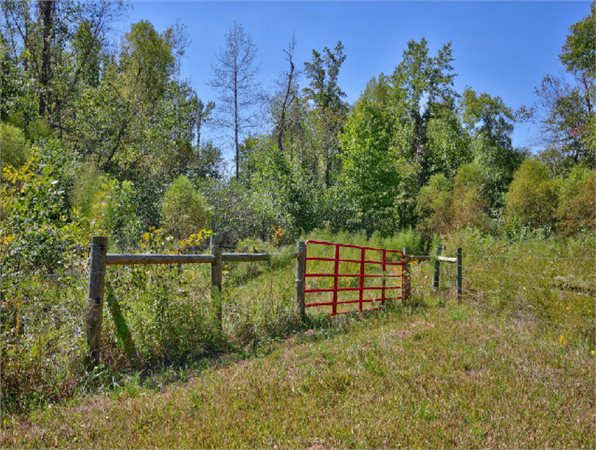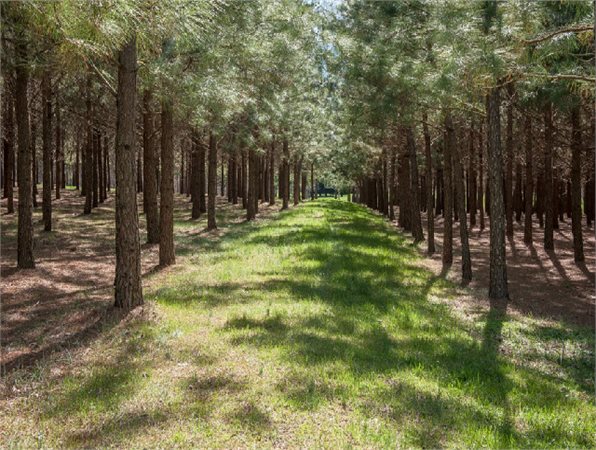Those Who Came to Burlington, North Carolina
The city of Burlington is located in the Piedmont district of North Carolina. Nearby is its mountain region which includes the beautiful Appalachian Mountains. During the 18th century many settlers were traveling the ” Great Wagon Road” down from Pennsylvania. Many of these settlers were either English or Irish Quakers, Scotch-Irish Presbyterians, or German Lutherans. Early settlers had to contend with the Native Indians being pushed westward. Then, the local government lauded inequitable taxation upon the land which caused the Regulation Movement of 1766. During this movement, the people of Alamance County formed a militia to battle the state government, a skirmish that lasted about two hours. The state militia under the command of the Royal Governor Tyron defeated the Regulators and reached an agreement that restored peace.


Names of Families in Alamance County Genealogy Records
The city of Mebanesville, North Carolina was named after General Alexander Mebane Jr., a General during the American Revolutionary War. Afterwards, he was a member of the U S. Congress.
Alamance County was created in 1849 from Orange County. Its county seat is Graham.[3] Formed in 1849 from Orange County to the east.
Probate Records available to Members
- Marriage Bonds 1850 to 1866
- Map of Alamance County Railroad Property
Records available at North Carolina State Archives
- Miscellaneous Records 1836 to 1939
- List of Estates (Names) 1856-1949 (Adams to Zachary)
The Alamance Region
Dr. John Lederer was a German physician and an explorer. As early as 1670, he trodden the trading paths belonging to the Native Americans and observed the Oenocks or Enos near (now) Hillsborough, and wrote a description of the Alamance region. ” Fourteen miles West Southwest of the Oenocks dwell the Shackory Indians upon a rich Soil, and yet abounding in antimony, of which they showed me considerable quantities. Finding them agree with the Oenocks in Customs and Manners, I made no stay here, but passing throws their town.” Lateron, John Lawson, a British citizen, explored the Carolinas during the early 18th century to explore its plant life and observed the Indian tribes in the region. Source: A New Voyage to Carolina by John Lawson.
